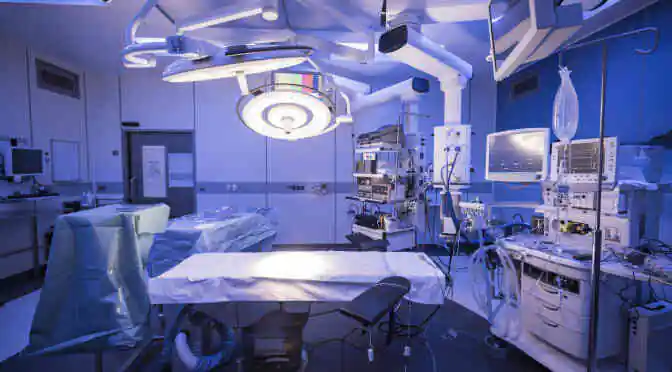According to the American Cancer Society’s (ACS) Cancer Facts & Figures 2015 fact sheet, approximately 1,658,370 new cancer cases were expected to be diagnosed this year.
The Society also predicted that about 589,430 Americans would die of cancer in 2015—about 1,620 people per day.
“Cancer is the second most common cause of death in the US, exceeded only by heart disease, and accounts for nearly 1 of every 4 deaths,” says the report, published at the beginning of this year.
And on top of the costs in human lives, and the emotional impact on both patients and their loved ones, there’s also a very real financial cost associated with cancer diagnosis and treatment.
“The Agency for Healthcare Research and Quality (AHRQ) estimates that the direct medical costs (total of all health care expenditures) for cancer in the US in 2011 were $88.7 billion,” states the ACS fact sheet.
Outpatient or office visits accounts for half of all costs, while hospitalization makes up 35%, and medications 11% of all costs.
And while these figures seem bleak, the ACS indicates that cancer screenings and early diagnosis may be the key to cutting both mortality as well as the financial costs of cancer in the US.
“Screening is known to reduce mortality for cancers of the breast, colon, rectum, cervix, and lung (among long-term and/or heavy smokers). A heightened awareness of changes in the breast, skin, or testicles may also result in the early detection of cancer.”
Screening helps detect the disease early, before symptoms even appear. This allows doctors to get a jump on treatment and ultimately results is less extensive treatment regimens and overall better patient outcomes.
New research from Technavio supports this, and indicates that the cancer testing market in the US will reach a value of $11.05 billion by 2019, growing at a cumulative average growth rate of 9.56%.
Changes in healthcare system and increased molecular testing will be major drivers for cancer testing market growth
The Healthcare Reform Act of 2010 aimed to increase accessibility and provide quality healthcare at an affordable cost to all citizens. According to the Congressional Budget Office, by the end of 2015, almost 19 million US citizens will be covered by insurance as a result of the Patient Protection and Affordable Care Act (PPACA).
The PPACA also introduced preventive services for women such as screening for cervical cancer, which will be covered by health plans. The changes in the healthcare system will increase adoption of screening tests among consumers, which will boost market growth.
On top of governmental reforms to the healthcare industry, cancer testing technology has also taken strides.
In 2011, it was estimated by United Healthcare that the average US national spending on molecular diagnostics and genetic testing was approximately $5.50 billion. This was a 13% increase from 2010 and includes growth in populations as well as growth in spending per person on testing.
Technavio expects spending on molecular and other advanced diagnostic procedures to climb over the projected period, as the medical industry strives to keep up with booming cancer rates in the United States.




